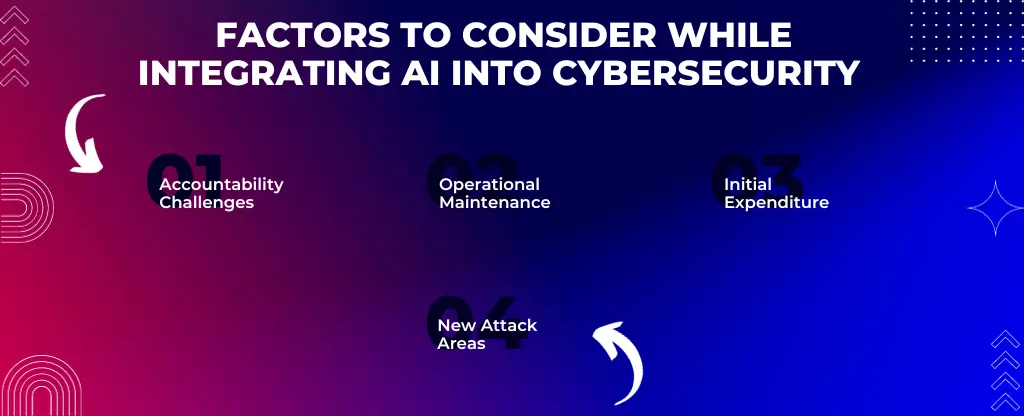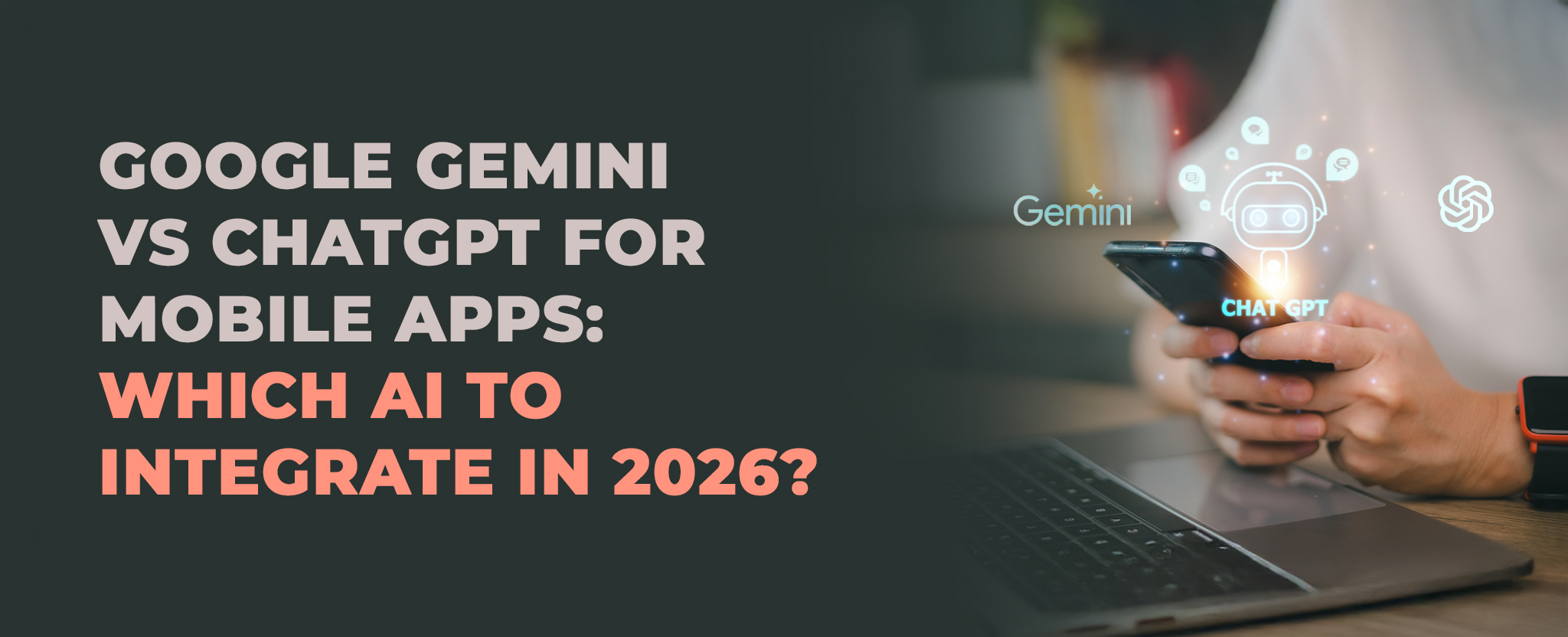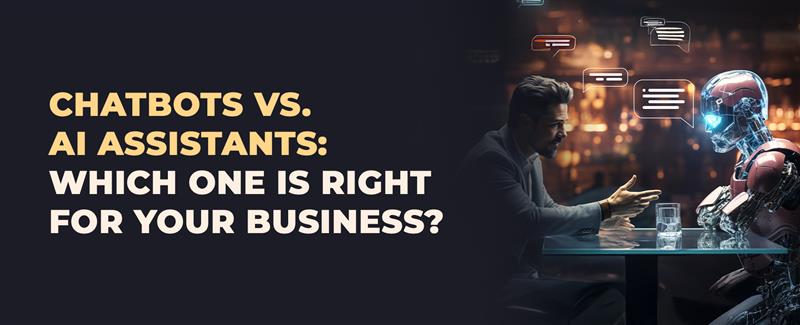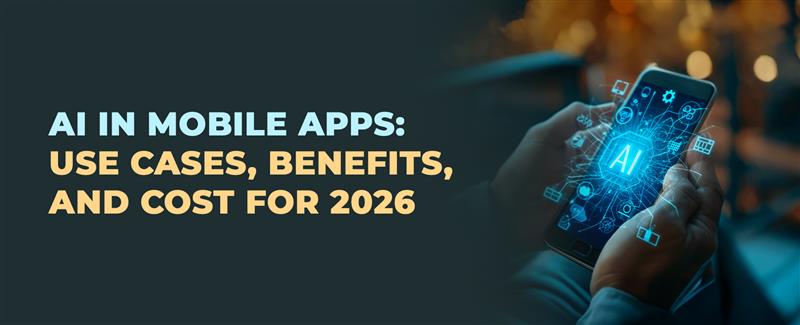Unpacking The Hype: AI in Cybersecurity
4 Oct 23 


One of the most significant technological advancements in recent years in digital transformation has been the advent of artificial intelligence. It has had a profoundly transformative influence on technology and people, and it will keep on doing so.
With the help of a vast quantity of data, artificial intelligence (AI) enables machines to grow ever more clever and complete operations by themselves with very little human participation.
One such example is the rise of AI in cybersecurity. Organizations are turning to AI as a force multiplier for security teams as a result of the increasing sophistication of cyber threats and severe talent shortages. However, incorporating AI into security operations calls for careful design and assessment.
To support a business case and demonstrate a return on investment (ROI) in comparison to current technologies and procedures, cybersecurity executives require trustworthy data. New dangers are appearing daily, which is hastening the evolution of the cybersecurity market.
Data breaches are becoming increasingly sophisticated and difficult to spot. Cybersecurity experts are progressively employing artificial intelligence (AI) techniques to stay up with these kinds of risks. For cybersecurity collaborators, AI allows improved surveillance of threats, automated reactions, and more productivity.
AI in the cybersecurity industry is anticipated to reach a value of USD 96.3 billion by 2032, rising from USD 19.0 billion in 2023 at a compound annual growth rate (CAGR) of 22.50%.
What Difficulties Does the Cybersecurity Sector Face?
The major issues that come with cybersecurity include:
- A large area of attack
- There are hundreds of devices in each organization to secure
- Hackers have hundreds of attack avenues at their disposal
- A severe lack of qualified security personnel to meet the rising demands
- Huge volumes of data are more complex than humans are capable of interpreting, making it difficult to sort through and understand
How Can AI Be Used to Stop Cybersecurity Challenges?
AI and machine learning are becoming more and more crucial for cybersecurity protection because they can analyze massive volumes of data to find hazards like phishing and spyware. Hackers may, however, alter virus code to avoid being found.
Since ML can use information from already detected malware to identify new variations, it is excellent for antivirus software security. This operates even when malicious code is concealed within benign code.
Networking tracking devices with AI capabilities may monitor user activity, spot abnormalities, and take appropriate action. These tools can follow data hidden from human view, such as videos, chats, emails, and various other interactions, and they can eliminate attacks in real-time without disrupting corporate operations.
Artificial intelligence’s (AI) main purpose is to mimic human intelligence, and it has a lot of cybersecurity applications. If used properly, AI systems teach to recognize dangers, realize novel malware types, and protect confidential information, all of which might be very helpful.
A team of human specialists cannot reasonably handle all of the approximately 200,000 notifications for cyber incidents that mid-sized businesses acquire daily, according to TechRepublic. As a result, certain attacks will probably go undetected, causing serious networking disruption.
Companies that want to flourish in the digital age have to depend on AI and other cutting-edge technology to strengthen their cybersecurity defenses and get over these obstacles.
Benefits of AI in Cybersecurity
AI has shown promise as an instrument to support human experts in several essential facets of safety activities. Let’s examine the main advantages of AI for cybersecurity.

1. In-depth Information
AI systems ingest and assimilate a wide variety of data from outcomes, servers, networks, cloud-based settings, and other sources. AI enables the development of an overall picture of risks spanning hybrid architectures by automatically connecting signals across this multidimensional dataset.
With greater awareness across the whole target surface and improved preventative risk identification skills, investigators get more information. They can now search out threats more successfully as a result of this.
2. Increased Reaction Time
An important benefit of AI systems is their intrinsic capacity to digest and integrate data quicker than people. Without the requirement for analyst approval, such devices can independently initiate activities to eliminate or restrict dangers the minute they are identified.
This preventive plan significantly reduces the length of time available to attackers to move within a hacked system and do harm. When a security event occurs, AI’s quick data processing capacity allows it to swiftly filter across huge volumes of data, determine the underlying reasons, and identify the impacted resources.
3. Superior Accuracy
The fundamental algorithms that form the basis of AI technology develop and improve on their own over time, gradually improving their capacity to recognize abnormalities. Artificial intelligence has reduced the rate of incorrect conclusions compared to rule-based solutions.
AI improves at weeding out distracting signals through continual learning and adaptation to the particular nuances of an organization’s environment. They may use this to deliver high-fidelity signs of possible dangers to security experts. The strategic prioritization of tasks facilitates a fast response procedure, ensuring the most urgent risks are handled swiftly.
4. Lower Expenses
AI brings automation to the field of cybersecurity, successfully taking on the labor-intensive, recurring activities that were previously the responsibility of researchers. AI systems do tasks like methodically examining logs, manually drawing linkages between occurrences, and carefully storing conclusions for reporting.
These shifts save a significant amount of time for the researchers and allow them to focus their efforts on more complex and significant research tasks, like threat identification and thorough investigation.
Factors to Consider While Integrating AI Into Cybersecurity
Several possible restrictions and dangers demand cautious thought. Before introducing AI into your security procedures, consider the following:

1. Accountability Challenges
Numerous AI systems rely on complex algorithms that frequently act as “black boxes,” providing no insight into the reasoning behind specific results, forecasts, or findings.
For cybersecurity teams embracing AI, the absence of openness is a huge barrier because they have difficulty examining the underlying assumptions of machine-generated suggestions.
Correcting erroneous findings, removing prejudice, or fixing bugs in performance becomes more difficult if you can’t peek into the AI’s thinking process. Teams could be reluctant to put their faith in data from an AI system they do not completely understand.
The thorough optimization of models is likewise badly impacted by the simplicity deficit. The feedback loop required for gradual reliability improvement is inhibited. This is when lacking an accurate understanding of the factors that influence the reason and the way the AI identifies challenges,
Although explainable AI has advanced to shed light on these “black boxes,” the field is still in the early stages, especially when it comes to complex deeper learning applications like cybersecurity. An obstacle to maximizing and displaying quantitative ROI is the transparency that many of today’s top AI systems exhibit.
2. Operational Maintenance
You’ll have to allocate a lot of resources after installation to maintain AI systems’ operations and carry out periodic upkeep, tweaking, and operational improvements. There’s a need to routinely update models on new information to identify potential trends in attacks since the environment of cyber threats is continually evolving.
There must be enough resources, like data scientists and machine learning engineers for the correct AI. If there are not enough experienced AI specialists, your attempts to maintain your teams’ optimum productivity and ROI may be hampered seriously.
Continuous model management includes re-validation, providing constant feedback loops, tracking changing accuracy metrics, and managing data pipelines. Model degradation may result from ignoring this complex working feature over time.
Additionally, this may lead to more mistakes, missing challenges, and reduced efficiency, which ultimately hinders achieving ROI. Achieving the highest ROI from AI cybersecurity is not a straightforward, easy-to-use scenario. Instead, it needs skilled individuals to carefully watch over, verify, and advance the AI during its operating existence.
3. Initial Expenditure
Adopting business-level AI features necessitates large initial expenditures, which may reduce early ROI forecasts. Famous AI cybersecurity systems consider multi-year licensing fees, mandatory hardware updates, integration services, training costs, and other costs. Companies sell these which may have cost estimates that reach into the millions.
The cost of shifting includes a range of expenses, including activities like data pipeline aggregation and model training preparation, integrating AI tools with the current security facilities, introducing production settings gradually, and the training and change management necessary to acquaint security personnel with this cutting-edge technology.
4. New Attack Areas
With the addition of AI, possible novel targets are now available that weren’t in earlier models. Using methods like data poisoning, model evasion, and algorithm reverse engineering, adversarial entities are constantly creating tactics to avoid detection by and alter machine learning models.
To increase the number of negative results in a threat identification model, for example, attackers can gradually alter training data. Additionally, they were able to plan strikes that would avoid detection and pinpoint model blind areas.
As a result, cybersecurity professionals would have to constantly track, patch, and refresh models to defend against a constantly changing range of AI-targeted threats. Expenses may increase as a result of this competitive two-way dynamic, which would hurt ROI.
Unexpected flaws exploit further risk in AI by failures or inaccurate forecasts to trigger unexpected safety incidents. When estimating ROI, you must carefully consider the hidden risks and expenses related to an AI-shaped risk landscape that is continually developing.
Wrapping Up
In conclusion, AI has a tremendous opportunity to advance cybersecurity efforts and provide tangible economic advantages. But it’s crucial to understand that AI in cybersecurity doesn’t seem like a cure-all. Organizations must do a thorough examination of the benefits, costs, and constraints before moving forward with widespread use.
When used wisely, AI may reduce the workload for human experts, improve the accuracy of identifying risks, shorten reaction times, and provide a thorough perspective of the network. This correlates directly to lower penetration costs, improved risk management, and improved productivity in the safety industry.
It’s critical to think about AI as an addition and an amplifier of forces rather than as a replacement for skilled security experts. The capability of the people entrusted with supervising and optimizing AI systems is inextricably tied to the efficacy of those systems.
Authorities in the cybersecurity industry should concentrate on enabling analysts to carry out their jobs with better productivity and efficacy while creating AI plans.
Organizations may utilize AI’s capability to obtain a tactical advantage in fending off complex, constantly shifting challenges by following a methodical and precisely designed path. If you are looking forward to integrating AI into cybersecurity, we at Mindster are experts in using AI to improve the overall effectiveness of devices.
We are a leading mobile app development company with more than 13 years of experience crafting the most innovative mobile app solutions through our proficient UI/UX design team. We do it all by following the cybersecurity challenges and how AI impacts mobile app development to improve the overall security of our mobile apps.
- Agentic AI1
- Android Development3
- Artificial Intelligence34
- Classified App3
- Custom App Development5
- Digital Transformation12
- Doctor Appointment Booking App14
- Dropshipping1
- Ecommerce Apps40
- Education Apps2
- Fintech-Apps37
- Fitness App4
- Flutter4
- Flutter Apps20
- Food Delivery App5
- Grocery App Development1
- Grocery Apps3
- Health Care10
- IoT2
- Loyalty Programs9
- Matrimony Apps1
- Microsoft1
- Mobile App Maintenance2
- Mobile Apps129
- Product Engineering6
- Progressive Web Apps1
- React Native Apps2
- Saas Application2
- Shopify9
- Software Development3
- Taxi Booking Apps7
- Truck Booking App5
- UI UX Design8
- Uncategorized6
- Web App Development1



















Comments